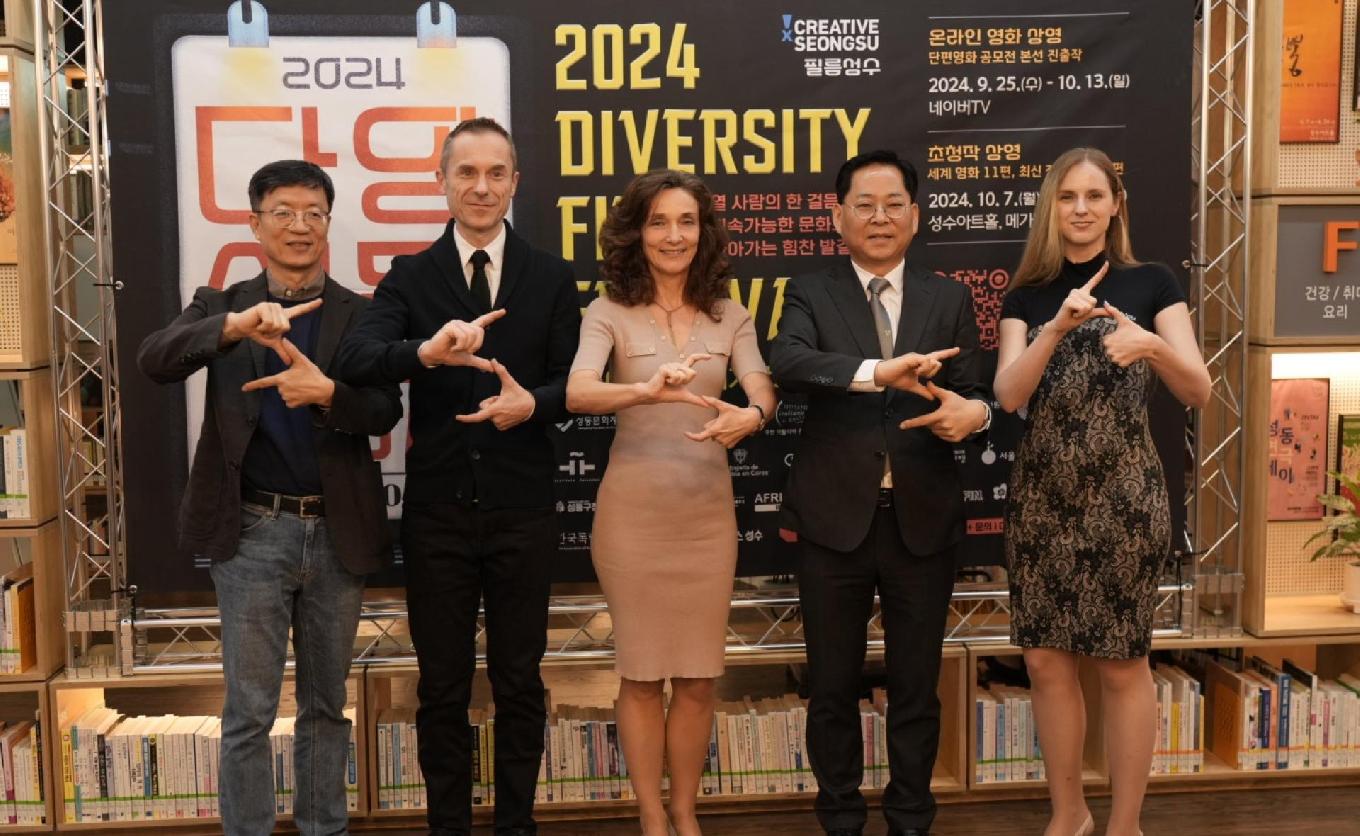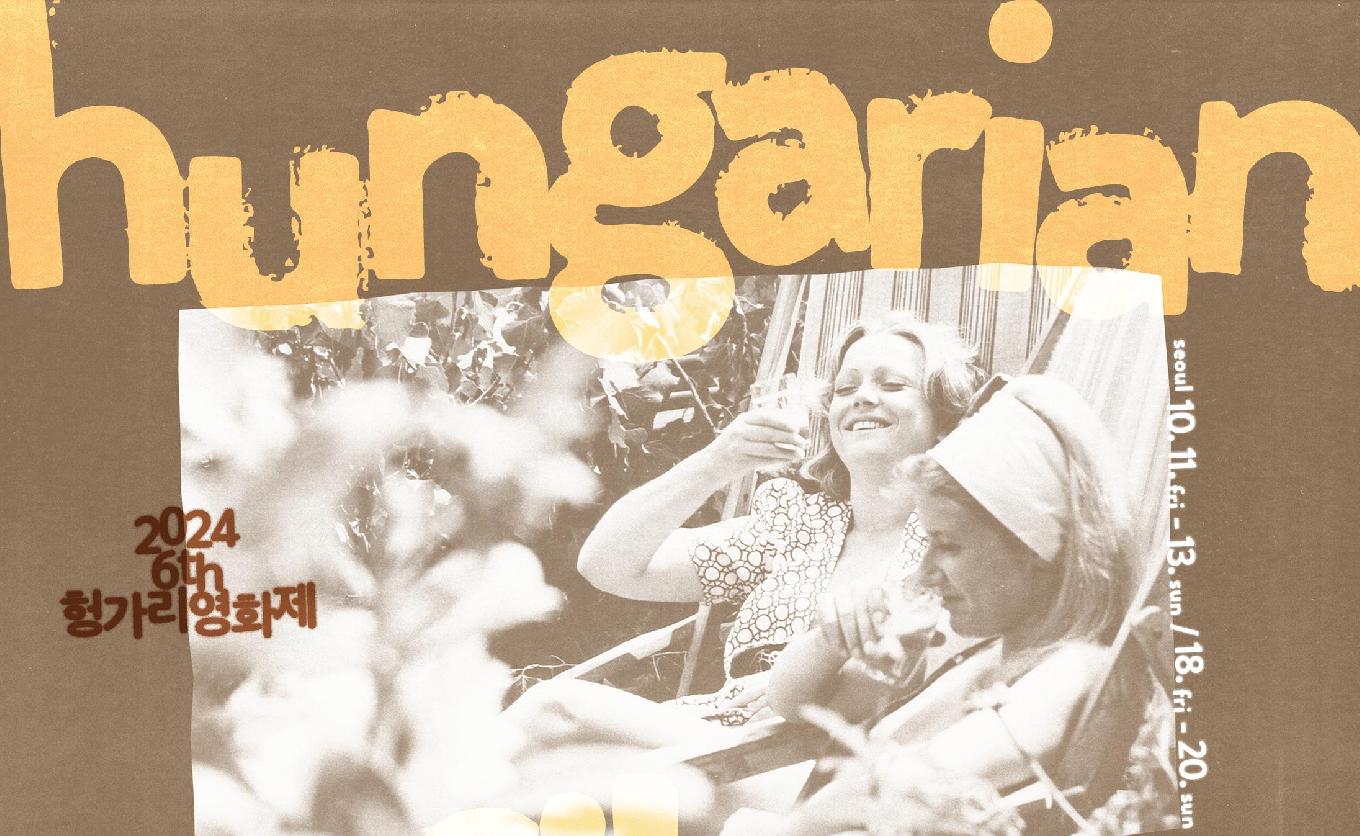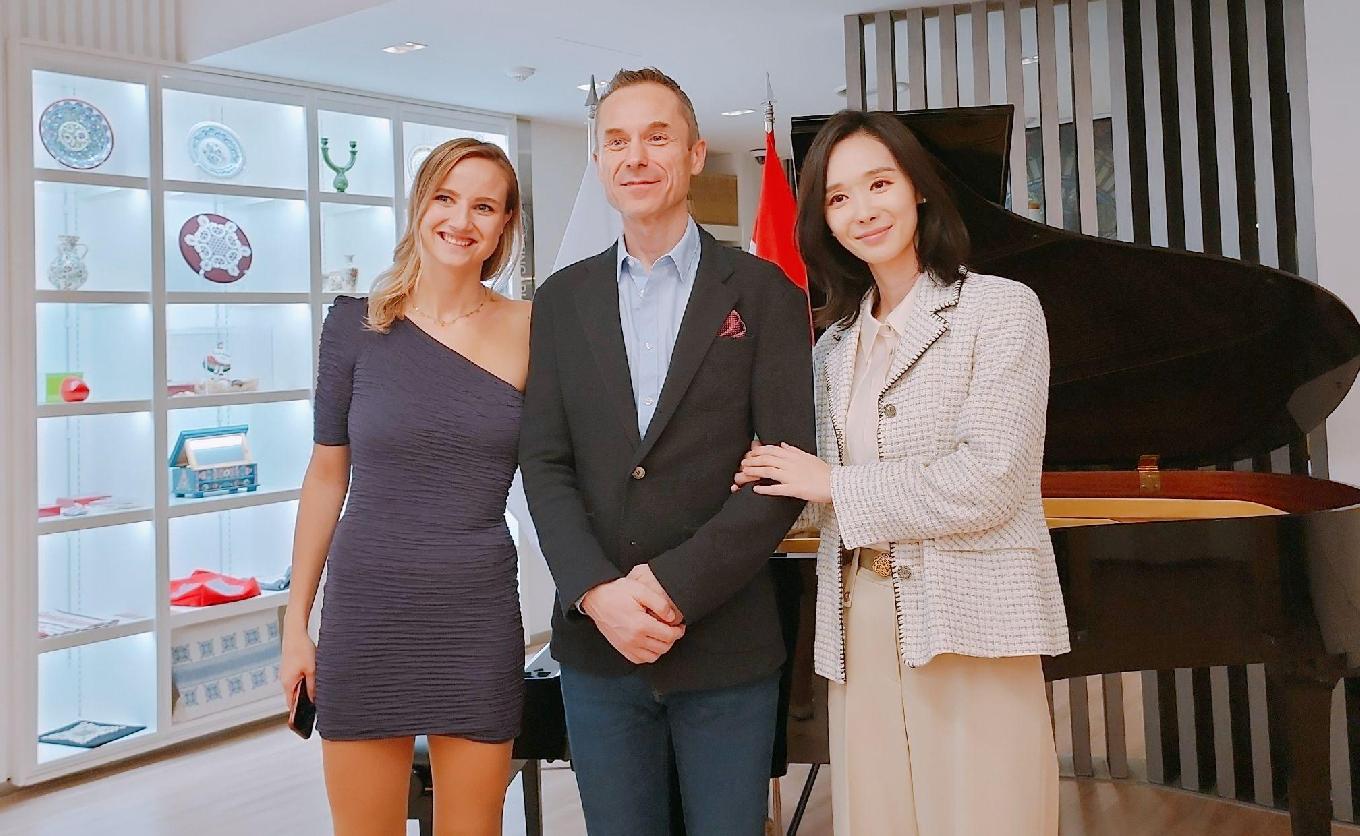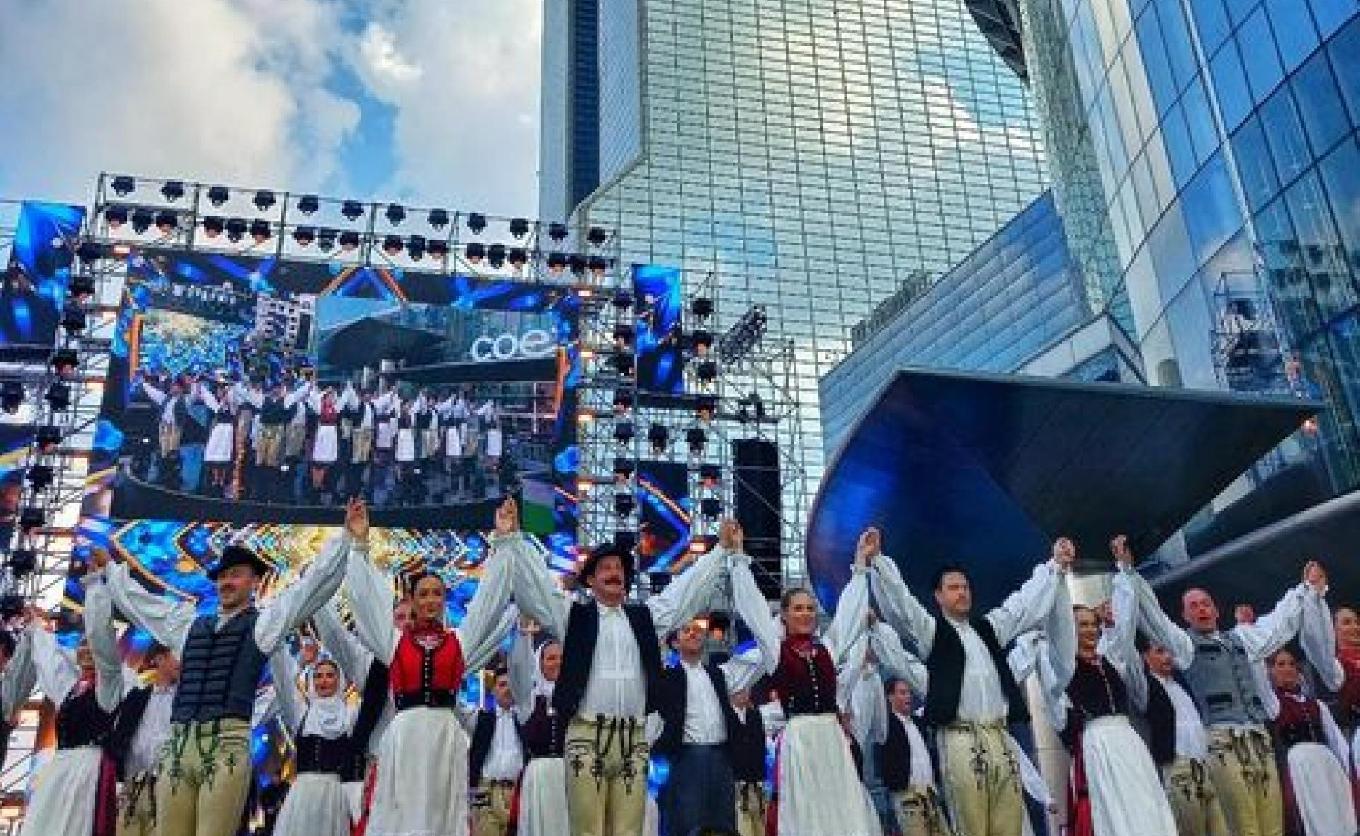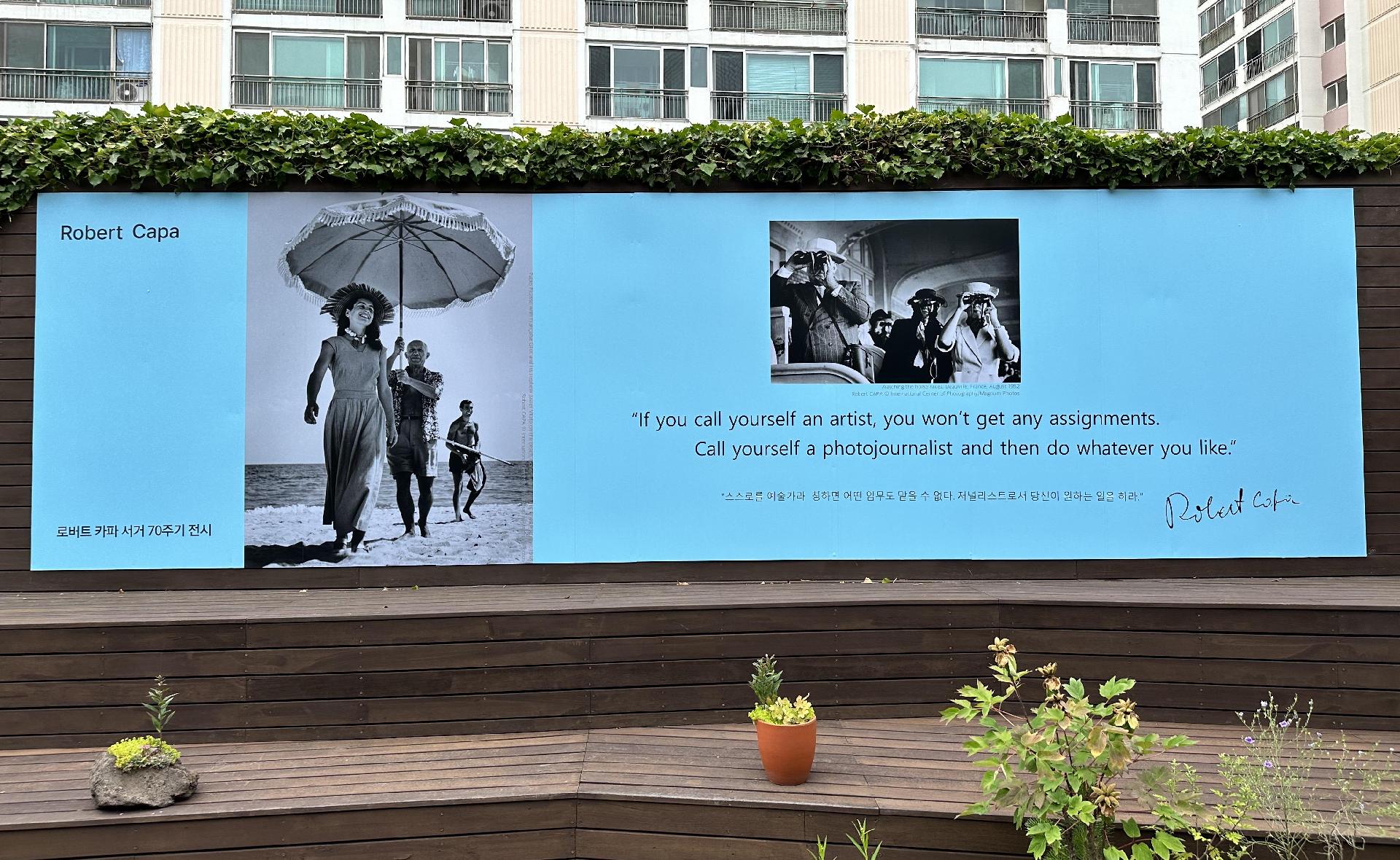
Robert Capa and the Hungarian National Dance Ensemble in Seoul
The Liszt Institute in Seoul and the Robert Capa Center in Budapest presented a highly successful exhibition of Robert Capa's photographs in South Korea. Alongside this recently concluded exhibit, they have also secured a permanent exhibition offering insights into Hungary’s 1848/49 indepen dence movement, now open to the Korean public. The Institute organized a four-stop tour of the Hungarian National Dance Ensemble, with sold-out performances, as well as a grand classical music concert celebrating the 35th anniversary of Hungarian–Korean diplomatic relations.
From 21 June to 27 September, 2024, the Liszt Institute in Seoul showcased the works of world-renowned Hungarian photographer Robert Capa through 150 photos at the Goeun Museum of Photography, South Korea’s first museum dedicated to photographic art, in collaboration with the Robert Capa Center in Budapest. The exhibition allowed viewers to glimpse key moments in Capa’s life, organized both chronologically and by themes such as the Spanish Civil War, World War II, photos of celebrities, images from the early 1950s, and those taken in Vietnam. Attracting nearly 7,000 visitors, the exhibit featured iconic works such as Death of a Militiaman, which brought Capa worldwide recognition. As a result of discussions with the Goeun Museum, Hungarian exhibitions on László Moholy-Nagy in 2026 and André Kertész in 2028 will also be presented in Busan, organized by the Institute.
For the second time, the Institute organized a group exhibition with the Independence Hall of Korea museum in Cheonan, which highlights Korean independence movements. The Institute’s exhibition material contextualizes the Korean independence movement through displays of various nations' struggles for freedom. Opened on 22 May, the international outdoor exhibit’s Hungarian pavilion presents imagery of Hungary’s 1848 Revolution and War of Independence, with visuals provided by the Petőfi Literary Museum, National Széchényi Library, and the Hungarian National Museum. The exhibit, which has drawn 90,000 visitors, is now a permanent attraction.
From 20 to 26 September, the Hungarian National Dance Ensemble performed in South Korea for the first time, with four sold-out shows that received immense acclaim. This tour marked the largest Hungarian folk dance production in South Korea to date. The 45-member ensemble performed on 20 September at the Daejeon Arts Center, inaugurating the Hungarian Weeks event series co-organized by the Hungarian Embassy in Seoul and the Liszt Institute. Their show, Echoes of the Carpathians, honored the 35th anniversary of diplomatic relations between Hungary and South Korea, as well as the 30-year sister city relationship between Daejeon and Budapest. After performing in Daejeon, the ensemble traveled to Seoul, where they appeared at the Seoul Baekje Museum Concert Hall, the Seocho Cultural Arts Center, and the Gangnam Festival, receiving a warm reception from Korean audiences.
On 9 October, the Institute, in partnership with the Korean Liszt Society, organized a classical concert at the Seoul Arts Center’s 600-seat hall to celebrate the 35th anniversary of Hungarian–Korean diplomatic relations and the 25th anniversary of the Korean Liszt Society’s founding. Featuring performances by Korean Liszt Society pianists, cellist Chung Hosung from the Hungarian State Opera, and Junior Prima Award-winning flutist and singer Dominika Ács, the concert included works by Franz Liszt, György Ligeti, Béla Bartók, and Zoltán Kodály, along with Korean composers Yoo Beaom Seok and Han Okmi, whose pieces were inspired by Hungarian themes.
The Liszt Institute also organized an alumni reunion for Stipendium Hungaricum scholarship recipients, presented the Hungarian film Budapest Noir to 300 viewers at the Creative X Seongsu Diversity Film Festival, held a lecture on Hungary in Gapyeong, and launched the 6th Hungarian Film Days, which will feature Hungarian films over three weekends.

